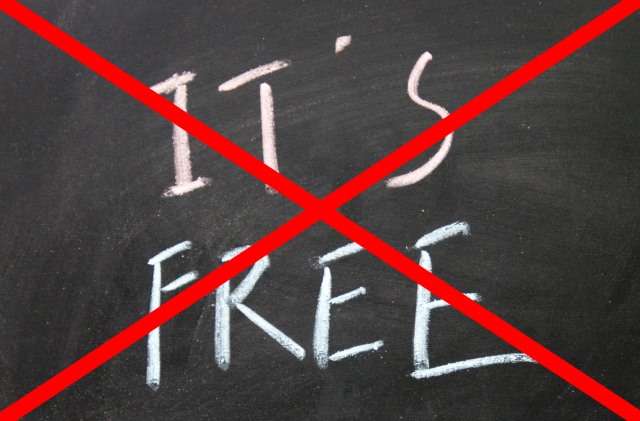Windows 10 for enterprise will not be free, splits into two upgrade branches

There aren't many people who don’t like the sound of "free", and this was one of the keywords taken away from Microsoft's Windows 10 event earlier in the month. As build 9926 was unleashed on eager upgraders, Microsoft revealed that it will be free to upgrade to Windows 10 in the first year.
At least this is the case for the average consumer; it's something of a different story for enterprise customers. Microsoft has confirmed that Windows 7 Enterprise and Windows 8/8.1 Enterprise are not versions that will be eligible for a free upgrade -- this is the personification of Windows as a service.
In a blog post, Microsoft explains a little about how Windows as a Service will work, and what it will mean for customers. There's no word on pricing at this stage, but Jim Alkove does reveal a little about how the enterprise version of Windows 10 will be updated and how the update process can be customized to suit individual customer needs. Alkove also announces that there will be two different branches of Windows 10 for enterprise, the Long Term Servicing branches and the Current branch for Business.
But what does this actually mean?
The Long Term Servicing branches have a security focus and will not receive all of the same updates as the consumer version of Windows 10.
To support Windows 10 devices in these mission critical customer environments we will provide Long Term Servicing branches at the appropriate time intervals. On these branches, customer devices will receive the level of enterprise support expected for the mission critical systems, keeping systems more secure with the latest security and critical updates, while minimizing change by not delivering new features for the duration of mainstream (five years) and extended support (five years).
The aim is to ensure that key systems are not taken out of operation by updates that are not completely essential, and are not subjected to updates that have not been fully tested.
The Current branch for Business works in a slightly different way. This branch will be able to access the same updates as consumers, but on a timescale that suits individual businesses. It takes advantage of testing done by Windows Insiders, and updates can be deployed automatically through Windows Update, or via WSUS.
This renewed flexibility is a sign not only of Microsoft listening to its customers, but also the particular ethusiasm for Windows 10 to be more of a success than Windows 8.
Photo credit: woaiss / Shutterstock
